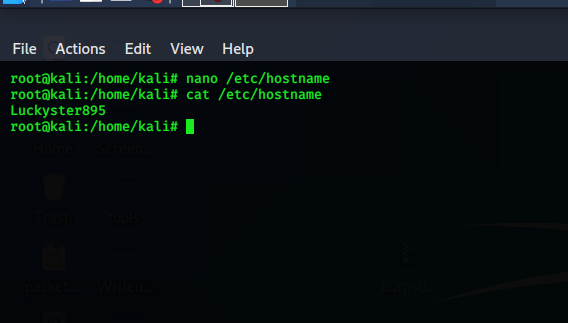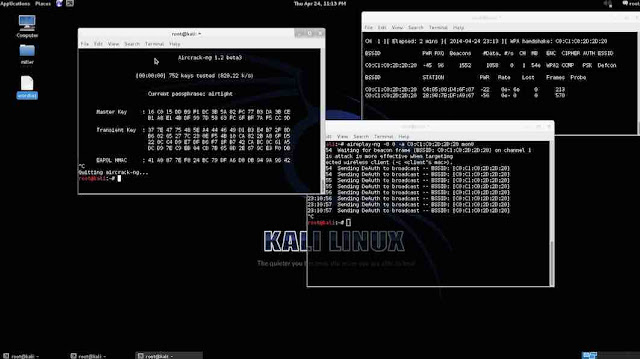What is cybersecurity?
What is cybersecurity?
Cybersecurity is the mechanism of protecting systems, networks, and programs from digital
attacks. These cyberattacks usually target to access,
changing, or destroying sensitive information.
What cybersecurity can prevent?
Cybersecurity
prevents cyberattacks, data breaches, and identity theft and can aid in risk
management. When an organization has a strong point in network security and an
effective incident response plan, it is better able to prevent and
mitigate cyber-attacks.
For
example, end-user protection defends information and guards against loss or
theft while also scanning computers for malicious code.
Types of cybersecurity threats
The
process of keeping up with updated technologies, security trends and threat prevention
is a challenging task. However, it's necessary in order to protect
information and other assets from cyber threats, which takes in many forms, some of them are mentioned below:
·
Ransomware is a type of malware that involves an attacker locking the
victim's computer system files and confidential information stored in the
System. The work of Ransomware is to encrypt the information with Military
grade encryption algorithm and demanding a payment to decrypt and unlock them.
·
Malware is a program used to harm a computer, server, computer networks such
as worms, computer viruses, Trojan horses/Rootkit and spyware without user consent.
·
Social engineering is a practice or attack that relies on human
interaction to trick users into breaking security procedures in order to gain
sensitive information like DOB, Credit card details, Address, CVV number, Atm
pin.
·
Phishing is a type of
fraud in which attacker send Fake email that resembles emails from reputable
sources; however, the intention of these emails is to steal sensitive data,
such as credit card or login information.
Benefits of cybersecurity
·
Protection against malware, ransomware, phishing and social engineering.
·
Protection from Data breach and network attacks.
·
Prevention of unauthorized user access.
·
Protection for end-user.
·
Improved confidence in the product for both developers and customers
regarding security.



Comments
Post a Comment